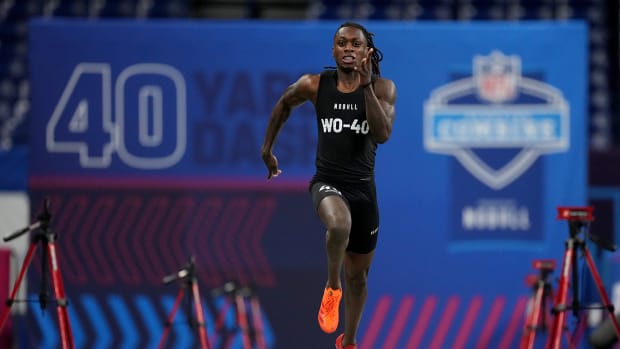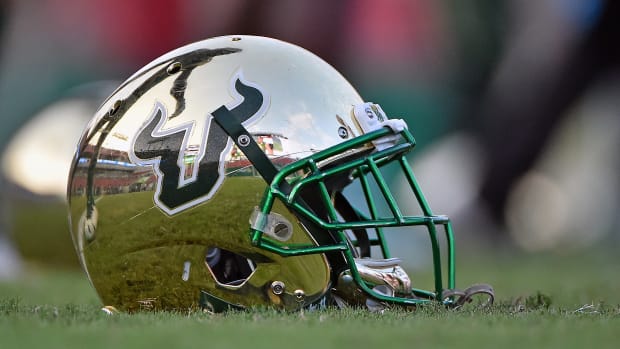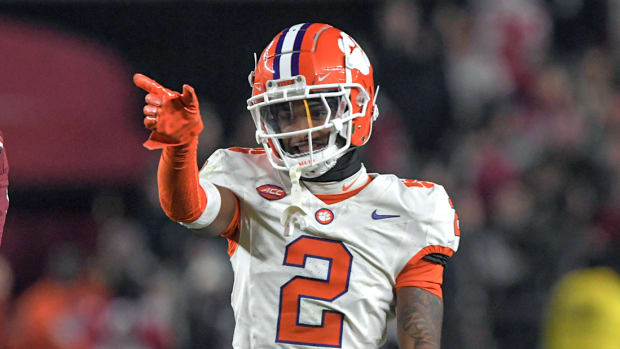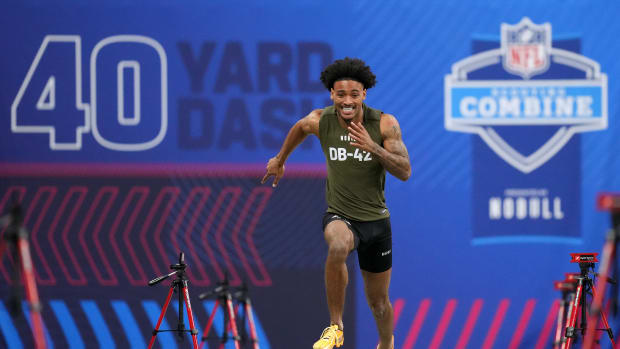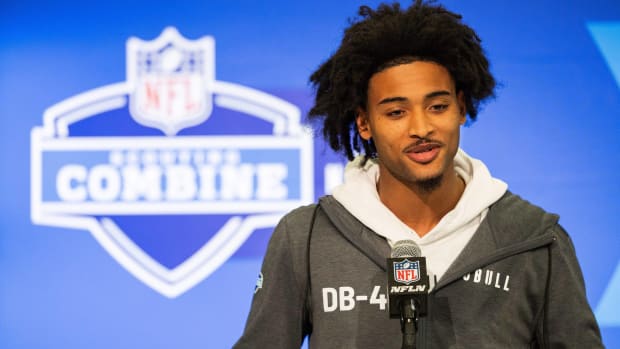Inside the Numbers: Stats Clemson Can Improve Upon In 2020
From a statistical standpoint, it's hard to find much that Clemson didn’t do right on offense or defense in 2019.
The Tigers went 14-1, made the College Football Playoff and national championship game, where they lost to LSU. They produced a top-5 scoring offense and scoring defense, so there isn’t one major statistical area that needs great improvement.
However, special teams can be better, and there are other areas that aren’t elite.
Some strengths, if they’re not sustained through personnel changes, could turn into weaknesses.
Clemson head coach Dabo Swinney and his staff have spent that last couple weeks analyzing everything that team did in 2019 and applying changes to 2020.
“You dust yourself off and you get back in the fight,” Swinney said Feb. 5. “It’s a new year and a new decade. It’s a new journey. Most of our guys are here so we can start molding the team and see what we can do next year.”
Here’s a look at some statistical areas from last season the Tigers could be working on when spring practice begins Wednesday:
Third-down conversions
Clemson’s offense wasn’t terrible converting third downs in 2019. The team finished 27th nationally at 44.2 percent, which is good but far from elite.
You can chalk up some of that to games in which the first-team offense blew out the opponents early and wasn’t on the field an entire 60 minutes. It’s reasonable to think third-down conversions would’ve been higher in some of those games.
But in the final two games against top-notch teams, third downs were an issue. Clemson converted five of their 15 chances against Ohio State in the Fiesta Bowl. Against LSU, the Tigers were just 1-of-11. Both are well below their season percentage average.
This is an area every team works hard on, but expect it to be one of the areas coaches publicly address. It can improve with better execution and playcalling. Self-evaluation will certainly help.
Penalties per game
Clemson never collected enough yellow flags to cost it a game in 2019, but the Tigers finished 51st in nationally with 5.6 penalties per game. The season-high was 10 penalties at N.C. State, which Clemson crushed 55-10 in Week 11.
The penalties began to taper off after that, but in those two CFP games, Clemson was again above its average in miscues.
The types of errors can vary, but the offensive line struggled early in the season with false starts. That improved some, but with four new starters up front and one new starting receiver, it’ll be a focal point all spring.
Field-goal percentage
Simply put, it wasn’t a good season in terms of field goals. B.T. Potter made 13 of his 21 attempts (61.9 percent) while Steve Sawicki converted one of his two field-goal opportunities. Combined, they finished with a field-goal percentage of 60.9, which ranked 109th out of 130 teams nationally.
Like with penalties, it didn’t cost Clemson a game, but it helped make the 1-point win at UNC more difficult, and if the Tigers had needed a game winner in the postseason, it would’ve been an extremely tense moment.
This group never missed an extra point. The kickers made all 85 of their opportunities. The only missed XP was from linebacker James Skalski, who made one attempt against N.C. State.
Potter should improve, and mid-range kicks will be his focus. Sawicki graduated, but the Tigers added talented soccer player Tanner Tessmann, who will also get a chance to play for Swinney.
Punting average
Admittedly, punting stats can be deceiving. Average doesn’t take into account several field-position factors and situational punts, so this is a tad nit-picky.
Also, Clemson let three different players boot attempts, even though Will Spiers has been the primary punter for three seasons. Their combined average of 66th, which is average nationally.
However, Spiers had the best season of his career, averaging 42.26 yards per punt. More importantly, some of his best boots came in big games.
And while he was more consistent overall, there is still room to do much more of that in 2020. Unlike last year, he shouldn’t have anyone truly pushing him in spring practice and fall camp, but as a whole, Clemson could do better than average at punting.
